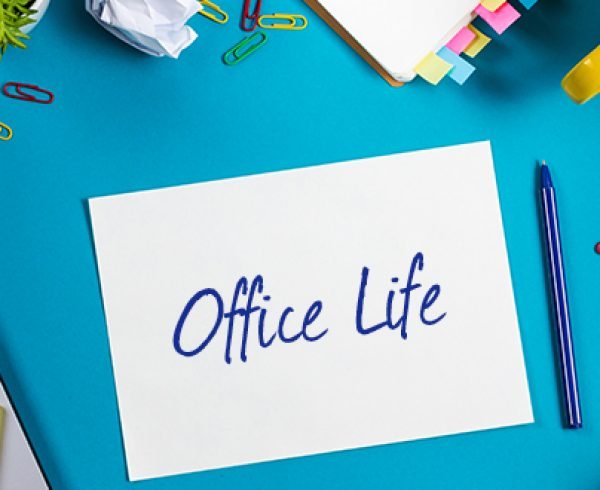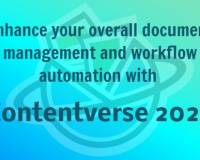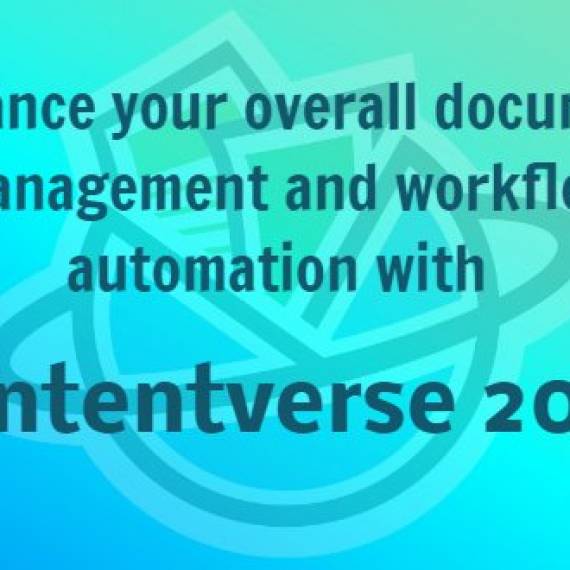One of the biggest challenges when it comes to environmental issues is that, unless the problem is in your face like thick daily haze, or wildlife die-offs, or even rivers that catch on fire, the warning signs are easy to miss, and easier to ignore. People get used to the daily routine, which becomes the yearly routine, which ends up as “the way things are done,” at which point it becomes hard to question the why, the how, and most notably, the unintended consequences of standard procedures.
While it’s not quite up there with the air we breathe, or the water we drink, or things directly affecting the foods we eat, there’s one environmental concern which deserves a lot more attention that it gets in our day-to-day lives, and that’s the amount of trash that the average person generates. When addressed on a case-by-case basis, the volume of particular waste items are staggering. For instance, a city the size of Chicago sends, just from its downtown coffee shops, 40 tons of waste coffee grounds to landfills each week. While the coffee station in your office might not be a big contributor to the problem, your paper stream is.
The paper problem you didn’t know you have
In the U.S. we produce 250 million tons of waste a year, of which as much as 40% is paper, with the amount climbing constantly. How much comes from your office? The numbers are pretty startling, with the average office worker generating around 1.5 lbs of paper per day, and as much as two pounds per employee in businesses in the financial sector. Even a small office, when those numbers are multiplied by total staff, is producing a whole lot of waste paper.
One after another, communities, and especially large metro areas, are facing a landfill horizon where existing dumps can’t take any more material, and environmental laws have made it very difficult to open new facilities. Admittedly, paper is one of the more easily recycled waste items, but most of what ends up in recycled products is from industrial and publishing sources, and not from the wastebasket next to the copier.
For every ton of paper that’s either recycled, or not consumed in the first place, there are some really remarkable environmental benefits: 3 cubic yards of landfill aren’t filled, 17 trees are saved, 850 pounds of carbon dioxide emissions are avoided, and it conserves the 463 gallons of oil, 4,100 kilowatt hours of energy, and 7,000 gallons of water that would have been used in producing those paper products.
Of course, talking about saving, there’s the issue of how much paper handling costs on a daily basis in the average office. It’s estimated that 85-90% of office tasks involve managing documents of various types, and that significant costs follow the process, while other studies indicate that as much as 95% of business information is still stored on paper, and organized in filing systems that date back over a century.
It doesn’t have to be this way
Technology has advanced so rapidly since the dawn of the computer age, much of it being pulled along in the wake of Moore’s Law (the 1965 prediction that the “overall processing power for computers will double every two years,” which has held true for decades) in information processing. However, very little has changed in the way most offices handle their documents in a very long time. Just look at how filing was as far back as 1892. I rest my case.
What could be greener than an office where paper documents are kept to the barest minimum? And, what could be more “futuristic” than a system that not only made filing, accessing, sharing, securing, tracking, distributing and collaborating on documents just a matter of a few clicks on a computer, or tablet, or even smart phone? You could have all that. Today. No, really. Sometimes “business as usual” is the biggest stumbling block between where one’s business is and where one would like it to be, and putting in place a latest-tech document management system like Contentverse will break you out of the “way we’ve always done things” box that’s keeping you from having a much greener office.
Of course, most folks will think “Well, if it’s so much better than what we’re doing, then it has to be a lot more expensive.” But they’d be wrong. In fact, research has shown that implementing a modern document management system can cut document handling costs by as much as 40%, and averages a first-year ROI of a mind-boggling 612%. That could give a whole new meaning to going green.
So consider greener options, the planet will thank you for it.
About the Author:















Leave a Comment